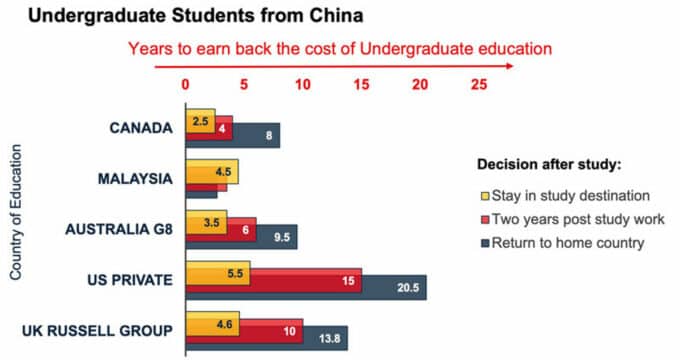UK’s new immigration rules signal more welcoming approach to international students
A number of changes to the UK’s immigration rules took effect on 1 October, with the most notable for international students and visitors being:
- Allowing some students to work as interns under the Tier 5 government-authorised exchange scheme (please see here for more);
- Making it easier for graduate entrepreneurs to switch into Tier 2, “one of the most important entry routes into the UK for skilled workers who are citizens of countries outside of the European Economic Area”;
- Allowing tourists and business visitors to do some study where it is not the main purpose of their visit;
- Expanding checks to ensure applicants for work and student visas are genuine, and that they intend to meet the conditions of leave they apply for;
- Setting new youth mobility scheme quotas for 2014; Hong Kong, for example, will be added to the list of participating countries and territories.
Of the changes, Immigration Minister Mark Harper said:
"Today's changes will ensure that the UK continues to attract global talent to work for British businesses and study at our world-class universities. Immigration reform is working; we have tightened immigration routes where abuse was rife, while still encouraging the brightest and the best to come to the UK."
The British government asserts that the changes “will make the UK more attractive to international students by allowing them to take up corporate internships after completing their degree and making it easier for graduate entrepreneurs to take up skilled jobs.” The change that allows tourists and business visitors to do some study, despite this not being the main purpose of their visit, should be good for the English language, corporate training, and tourism/leisure sectors, as studying English for a short period or taking a short-term business/leisure course might be exactly the type of action such visitors might now take without having to get a student visa.
A more fine-tuned approach?
The UK government, for one, takes the view that the new changes allow it to cut down on fraudulent immigration schemes while encouraging legitimate students to both study and work in the UK. Despite the expanding checks on applicants to cut down on fraud included in the new rules, it does seem that other study-focused immigration changes are designed to make the UK more appealing to talented students (e.g., the change making it easier for graduate entrepreneurs to stay in the country to work). The British government has been strongly criticised over the past two years for its tightening of immigration policies that endangered its attractiveness to legitimate international students in an overall bid to reduce net migration.
Yet there were growing signs this summer that the government wants to be more careful in separating its net migration reduction goals from its international education ones.
For example, it wants to grow international enrolment in higher education by 15 to 20% – that is, by an extra 90,000 students – over the next five years, as well as intensify bi-lateral partnerships with key markets including China, India, Brazil, Saudi Arabia, Colombia, Turkey, Mexico, Indonesia, and the Gulf. (See here for how this emerging market strategy is mirroring one in the US). The new immigration rules seem to be in line with the aim of assuring talented international students that they are indeed welcome. They occur despite recent news that net migration rose to 176,000 – up from 153,000 people – for the year ending in December 2012 due mostly to fewer people leaving Britain than in previous years. The British government’s stated goal is to get net migration to under 100,000 by the year 2015. More evidence that the government wants to repair the damage done to the international education sector in the country can be found in a letter from Prime Minister David Cameron and Universities and Science Minister David Willetts obtained by Times Higher Education this summer. As the paper noted in its reporting on the inter-office letter:
“The prime minister’s advice, revealed in a letter between their two offices obtained by The Times, may signal Mr Cameron’s awareness that the government’s immigration policy has had a negative impact on universities.”
In the letter, Prime Minister Cameron proposed that Mr Willett consider the following ideas:
- Encouraging more foreign universities to set up in the UK;
- Packaging the “study in the UK” offer more persuasively to international students;
- Designing the UK student visa offer to attract “the brightest and the best, “for example, giving PhD students in STEM subjects only a three-year wait before they can apply for citizenship rather than the normal five years.”
In 2012, the UK was ranked by 1023 agents from 107 nationalities in the ICEF i-graduate Agent Barometer as the second-most attractive study destination, following the US and tied with Canada. In 2011/12, non-EU international students made up 12% (306,680) of the overall higher education student population in the UK according to HESA (the UK’s Higher Education Statistics Agency). Of these, fully 62% came from Asia, and of this 62%, 35% were from China and India.


















